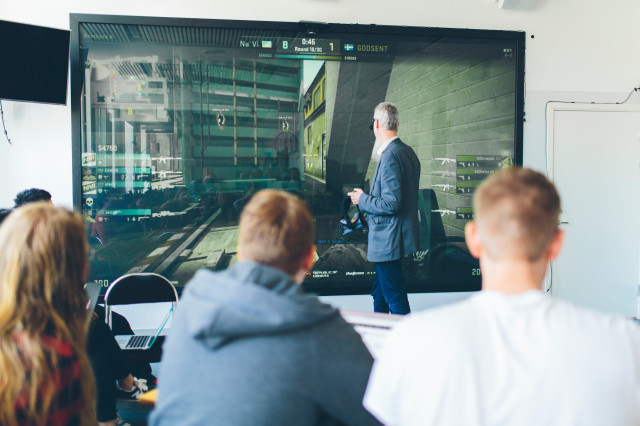The course gives the student both practical and theoretical knowledge of technologies, methods, models, laws/rules that apply at investigations of digital crimes or incidents.
For example the course covers the following:
- The history of forensics
- Digital forensics and digital evidence
- The investigation process of forensics/incident response
- Legislation and international cooperations in digital forensics
- Standards in the area and the requirements of an organisation that works with digital forensics or incident management
- Computer forensics
- Forensics for embedded systems and mobile units
- Network forensics
